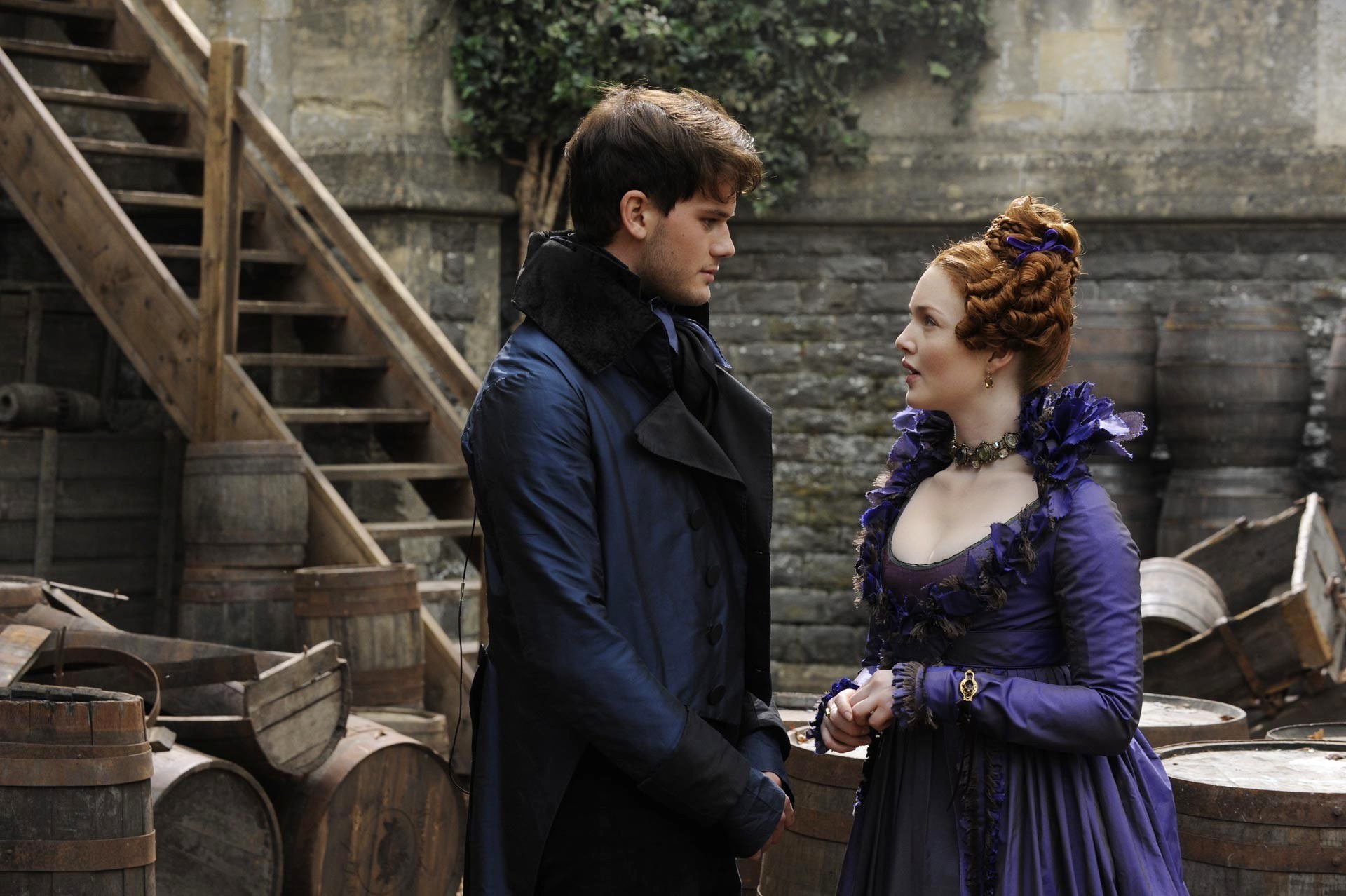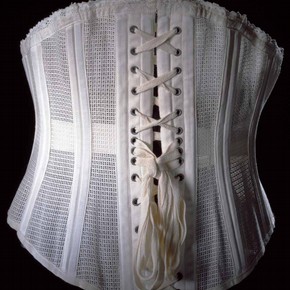"...Miss Havishams home, which was of old brick, and dismal, and had a great many iron bars to it. Some of the windows had been walled up; of those that remained, all the lower were rustly barred. There was a court-yard in the front, and that was barred; ..."
- Pips description of the outside of the house (Dickens, C. (1986) Great Expectations (page 52- chapter 8), Marshall Cavendish Partworks Ltd, 58 Old Compton Street, London WIV 5PA)

Restoration House, Rochester, Medway, UK
Photographer: Philip Rainbird
30th Jan 2011
(source: http://www.panoramio.com/photo/47331115)
"We went into the house by a side door - the great front entrance had two chains across its outside - and the first thing I noticed was, that the passages were all dark, and that she had left a candle burning there."
-Pips first impression of the house (Dickens, C. (1986) Great Expectations (page 54- chapter 8), Marshall Cavendish Partworks Ltd, 58 Old Compton Street, London WIV 5PA)
The Satis House is a Gothic mansion, Miss Havisham's and Estella's home. It looked quite scary and dark, and not at all what Pip expected it to be. The estate was unkempt, and the house was closed up with iron bars. The stairs, halls and rooms were dark and lit only by wax candles. It felt very cold and ghostly. There was a wedding cake and wedding breakfast set on the long table in the dining room, but it didn't look like they were having a feast anytime soon. Miss Havisham instructed everyone that the table will not be cleared until dies. Everything was covered with dust. mould and cobwebs. The daylight was excluded from every room, and there was an airless, awful smell everywhere.
Although this was a fictional house that Dickens created, it is a name of a real mansion in Rochester, Kent, near where Dickens lived. Queen Elizabeth l stayed there as a guest of the owner Richard Watts. As she was leaving the house, Watts asked her how was her stay and she replied: 'Satis.' 'Satis' is a latin word for 'enough'. When Pip asked Estella about the name, she said that it meant that whoever lived in the house could want nothing more. The name is ironic because of the way Miss Havisham failed to keep the house in good condition and it is no longer good enough for anyone else to live in other that the spiders, mice and black beetles.
The owner of the Restoration House, that got the name from the stay of King Charles II on the eve of the Restoration of the monarchy, was Henry Clerke. This house was also an inspiration for the Charles Dickens' Satis House.
http://www.panoramio.com/photo/47331115
http://www.gradesaver.com/great-expectations/q-and-a/describe-satis-house-though-its-a-mansion-what-other-type-of-building-does-it-seem-to-resemble-83537
reference found on Jan 30th 2015
reference found on Jan 30th 2015



